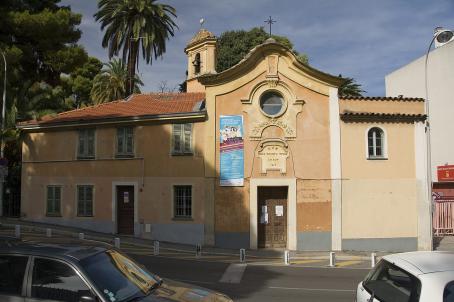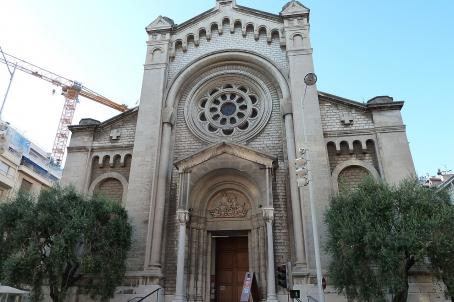Russian Orthodox Cathedral
The cathedral, designed to meet the needs of the Russian colony, was built in 1903 by Préobrajenski, professor of architecture at the Imperial Academy of Fine Arts in St Petersburg, inspired by the five-dome churches of the late 16th century in the Moscow region.
The realization is made possible by the generosity of Tsar Nicholas II, who authorized the construction of the villa Bermond, his personal property, in the park. The domes of the cathedral, consecrated on December 18, 1912, are made of reinforced concrete. The iconostasis and several icons are the work of the painter Leonid Pianovsky. Restoration work was carried out on the roofs and facades of the cathedral between 1989 and 1992. Near the cathedral, a chapel commemorating Tsarévitch Nicholas Alexandrovich, who died of tuberculosis in 1865, was built in Byzantine style from 1867 to 1868.





